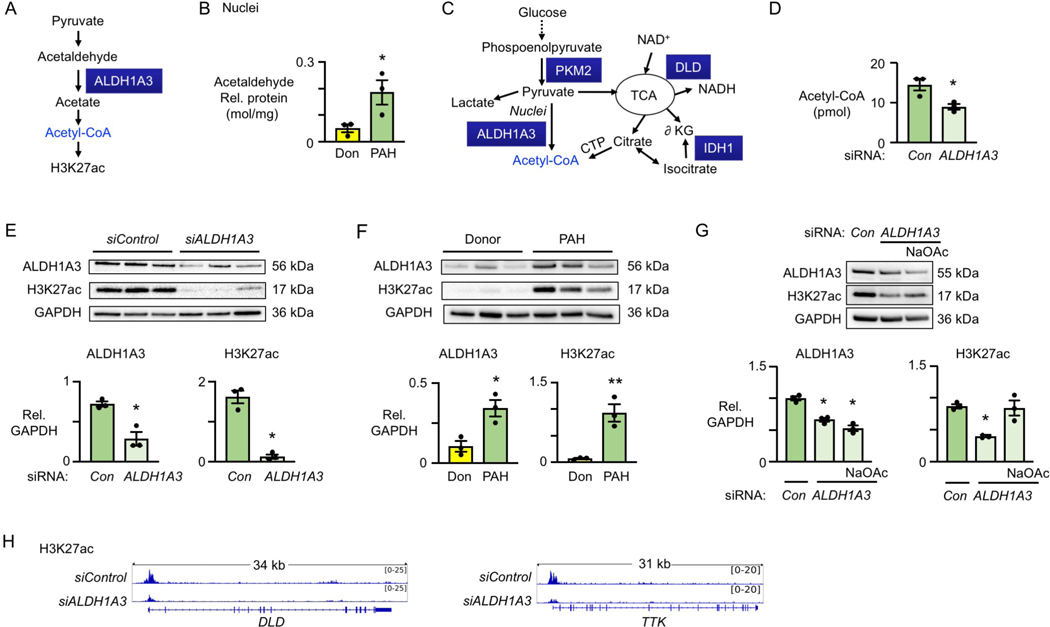Figure 4. ALDH1A3 increases cell cycle and metabolic genes in PAH PASMC via H3K27ac.
(A) Schema of ALDH1A3 catalyzing acetaldehyde to acetate to acetyl-CoA, increasing H3K27ac.
(B) Concentration of acetaldehyde in nuclei from donor control and PAH PASMC normalized to nuclear protein (mol/mg), n=3, *p<0.05 by unpaired Student t test.
(C) Schema of DLD, PKM2 and IDH1 generating acetyl-CoA in cell cytoplasm and/or nucleus.
(D) Acetyl-CoA levels in nuclei per 1×106 PAH PASMC by fluorometric assay kit, comparing PAH PASMC transfected with nontargeting (Con) siRNA or ALDH1A3 siRNA. n=3, *p<0.05 by paired Student t test.
(E) Immunoblot and quantification of ALDH1A3 and H3K27ac relative to GAPDH in three PAH patients with Con and ALDH1A3 siRNA. **p<0.01 by paired Student t test.
(F) Immunoblot and quantification of ALDH1A3 and H3K27ac in three donor control vs. three PAH PASMC, Unpaired Student t test, **p<0.01.
(G) Immunoblot and quantification of ALDH1A3 and H3K27ac in three PAH patients with Con siRNA, ALDH1A3 siRNA or ALDH1A3 siRNA plus 5mM sodium acetate (NaOAc) for 8h. *p<0.05 by one-way ANOVA.
(H) H3K27ac peak density of DLD and TTK in PAH PASMC with Con vs. ALDH1A3 siRNA visualized in the IGV genome browser.

